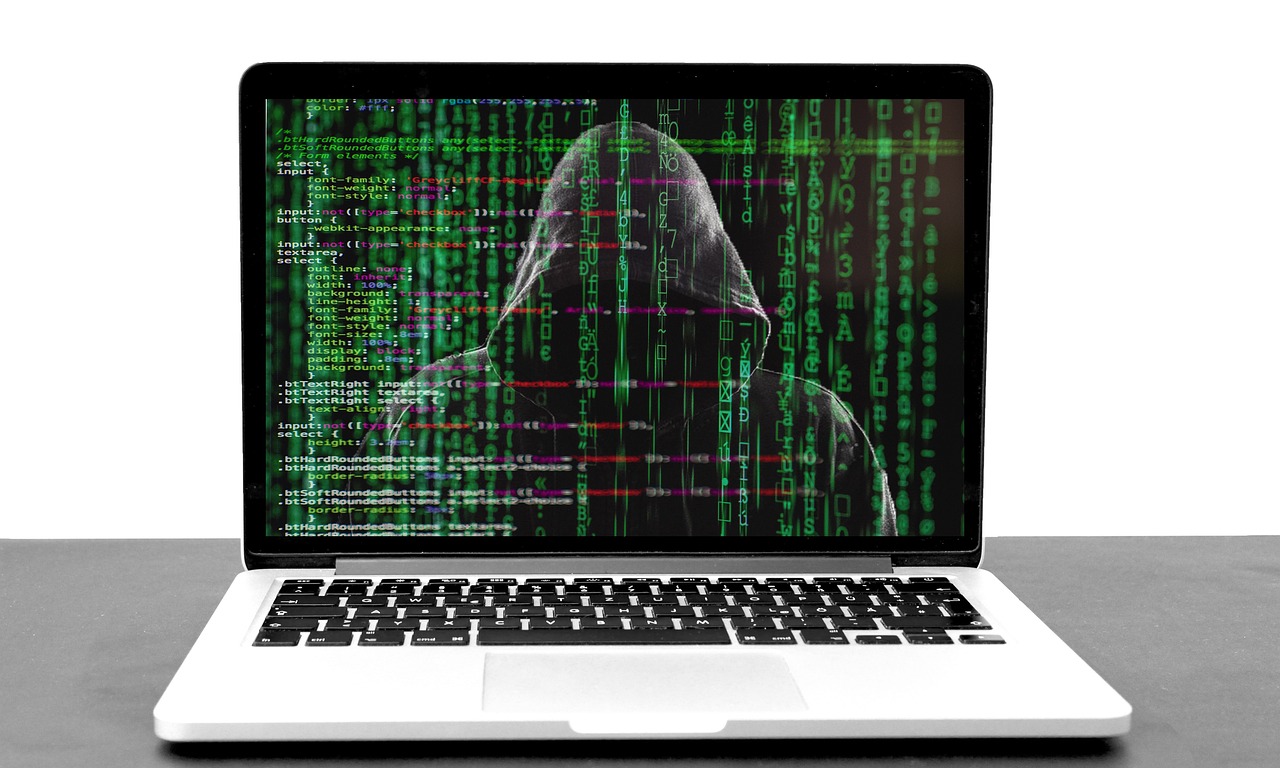How phishing attacks target financial institutions and prevention strategies

Phishing attacks pose a major threat to financial institutions, exploiting social engineering tactics to deceive individuals into disclosing sensitive information. Cybercriminals frequently impersonate legitimate entities in these phishing scams. The Federal Trade Commission emphasizes the critical need for financial institutions to comprehend phishing attacks. Nearly 50% of recorded phishing attacks are directed at the financial sector. To combat phishing attacks, financial institutions must prioritize robust cybersecurity measures. Cyber insurance offers an additional layer of protection against cyber threats. Implementing effective phishing prevention strategies is essential to combat identity theft and safeguard account information.
Recognize Phishing

How Phishing Works
Phishing attacks often begin with social engineering techniques. Cybercriminals use these tactics to manipulate individuals into revealing sensitive information. The attackers exploit human psychology, creating a sense of urgency or fear. This manipulation leads victims to act without thinking.
Malicious links and attachments serve as common tools in phishing attacks. Cybercriminals disguise these links to appear legitimate. Clicking on these links can lead to harmful websites. These sites often mimic trusted entities, tricking users into entering personal data. Attachments may contain malware, compromising the security of devices.
Types of Phishing Attacks
Email phishing remains the most prevalent form of attack. Cybercriminals send emails that appear to come from reputable sources. These emails often contain urgent requests for personal information.
Spear phishing targets specific individuals within an organization. Attackers conduct research to make their messages more convincing. This targeted approach increases the likelihood of success.
Whaling focuses on high-ranking executives. Cybercriminals aim to access sensitive corporate information. This type of attack can have severe consequences for organizations.
Vishing and smishing involve voice calls and text messages. Attackers use these methods to reach potential victims. These attacks exploit the trust people place in phone communications.
Why Financial Institutions are Targeted
Financial institutions hold high-value data. Cybercriminals see this data as a lucrative target. Accessing this information can lead to significant financial gain.
A large customer base makes financial institutions attractive to attackers. More customers mean more opportunities for successful phishing attacks. The potential rewards motivate cybercriminals to focus on these targets.
Case Studies:
Credit Union Scam Case Study: Exploitation of vulnerabilities in a credit union led to the identification of culprits behind a phishing scheme. This highlights the need for robust security measures.
PerSwaysion Cybercrime Group Case Study: This group breached email accounts of high-ranking executives in the financial sector. The case illustrates the use of phishing in cybercrime.
Impact of Phishing Attacks on Financial Institutions
Phishing attacks pose significant threats to financial institutions. These attacks can lead to severe consequences, impacting various aspects of operations and reputation.
Financial Losses
Direct Monetary Theft
Phishing attacks often result in direct monetary theft. Cybercriminals gain unauthorized access to accounts. Attackers transfer funds to their own accounts. This theft causes immediate financial damage to the institution.
Fraudulent Transactions
Fraudulent transactions occur frequently during phishing attacks. Attackers use stolen credentials to make unauthorized purchases. Financial institutions face challenges in reversing these transactions. The process involves extensive investigation and resource allocation.
Reputation Damage
Loss of Customer Trust
Phishing attacks erode customer trust. Customers lose confidence in the institution's ability to protect their information. This loss of trust affects customer retention and acquisition. Financial institutions struggle to rebuild their reputation after such incidents.
Negative Media Coverage
Negative media coverage follows phishing attacks. News outlets report on data breaches and financial losses. This coverage damages the institution's public image. Potential customers may choose competitors with better security records.
Operational Disruptions
System Downtime
Phishing attacks cause system downtime. Financial institutions must shut down systems for security checks. This downtime disrupts normal operations and customer services. The institution loses revenue during this period.
Resource Allocation for Damage Control
Resource allocation becomes necessary for damage control. Financial institutions divert resources to address phishing attacks. Teams focus on identifying vulnerabilities and strengthening defenses. This allocation impacts other critical areas of operation.
News Reports:
Phishing Attacks Targeting Credit Unions: Credit unions faced phishing schemes spoofing NCUA addresses. Recipients were advised to avoid clicking on links and delete suspicious emails. Preventative measures included verifying requests directly and maintaining anti-virus software.
Phishing Attacks Targeting Financial Institutions: From May to August 2021, a 300% increase in phishing attacks targeted Chase Bank. The XBALTI phishing kits mimicked the Chase banking portal, harvesting sensitive information beyond email addresses and passwords.
Prevention Strategies for Financial Institutions

Employee Training and Awareness
Employee training plays a crucial role in preventing phishing attacks. Regular phishing simulations help employees recognize suspicious emails. These exercises mimic real-world scenarios. Employees learn to identify red flags and avoid falling victim to scams.
Security awareness programs provide ongoing education. These programs cover the latest phishing tactics. Employees stay informed about evolving threats. Knowledge empowers employees to act as the first line of defense.
Technological Solutions
Technological solutions enhance protection against phishing attacks. Email filtering software blocks malicious messages. This software scans incoming emails for suspicious content. Harmful emails get filtered out before reaching inboxes.
Anti-phishing software adds another layer of security. This software detects and neutralizes phishing attempts. Financial institutions benefit from reduced exposure to threats.
Multi-factor authentication strengthens account security. Users verify their identity through multiple steps. This process makes unauthorized access more difficult. Financial institutions protect sensitive information effectively.
Policy and Procedure Enhancements
Policy enhancements improve response to phishing incidents. Incident response plans outline steps for addressing attacks. These plans ensure quick and efficient action. Financial institutions minimize damage with well-defined procedures.
Regular security audits identify vulnerabilities. Audits assess current security measures. Financial institutions address weaknesses promptly. Continuous improvement strengthens defenses against phishing attacks.
Scientific Research Findings:
Defend Against Authorized Transfer Scams highlights the importance of detecting and mitigating scams effectively.
Phishing Protection Measures emphasize a multi-layered approach to lessen phishing attacks.
Preventing Phishing Emails stresses the need for a multi-layered email security strategy.
Addressing phishing attacks remains crucial for financial institutions. These attacks pose significant threats to sensitive data and financial stability. A multi-layered approach provides the best defense against these cyber threats. Implementing robust email security measures, such as filtering and multi-factor authentication, enhances protection. Employee training and awareness programs empower staff to recognize and respond to phishing attempts. Financial institutions must prioritize cybersecurity measures to safeguard their operations and customer trust. Proactive steps today can prevent costly breaches tomorrow.
See Also
Essential Cybersecurity Measures for Financial Organizations
Managing Present Cybersecurity Risks in the Financial Sector
Crucial Elements of a Security Plan for Financial Companies
The Significance of Security Awareness in the Financial Industry
